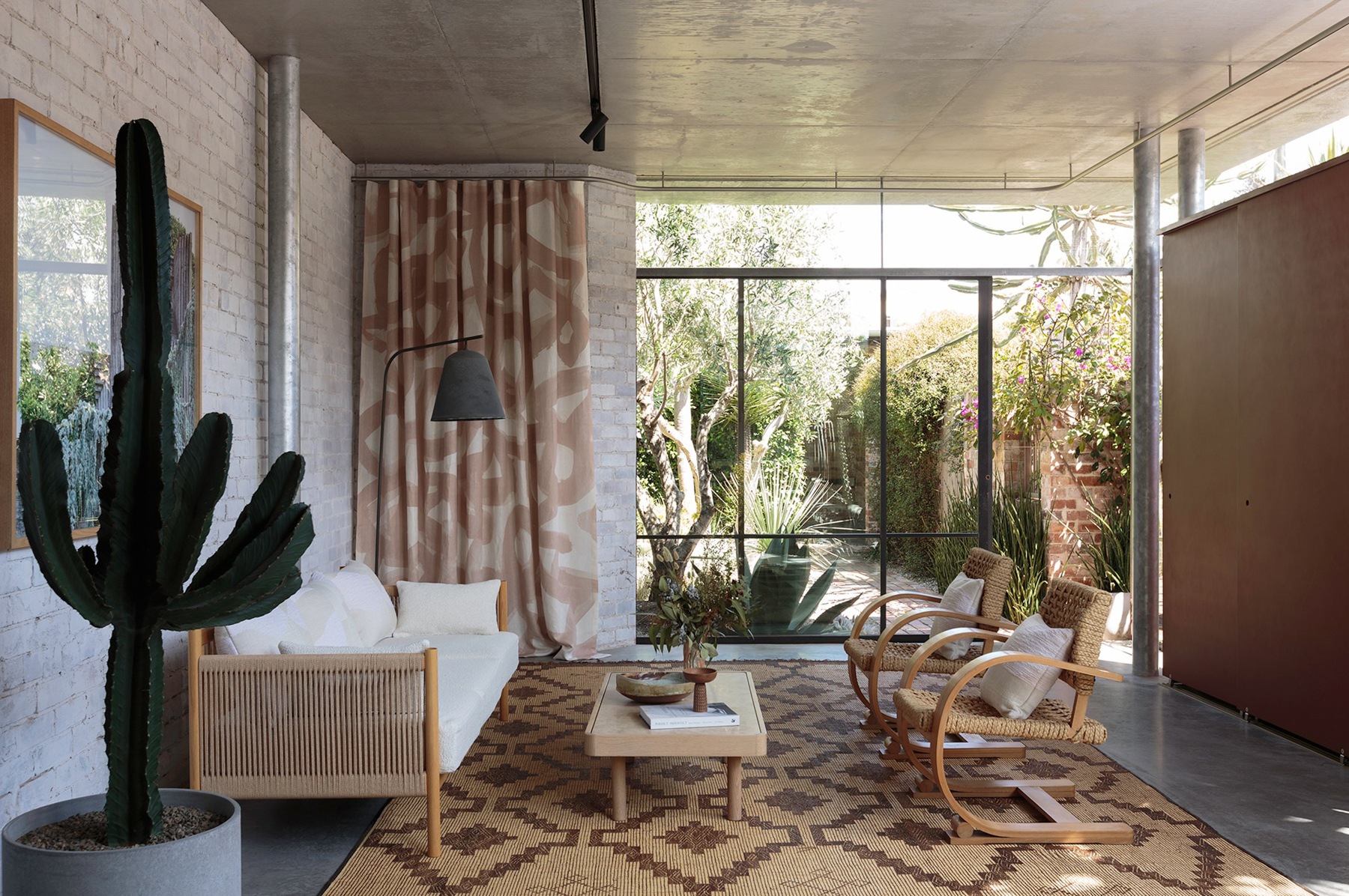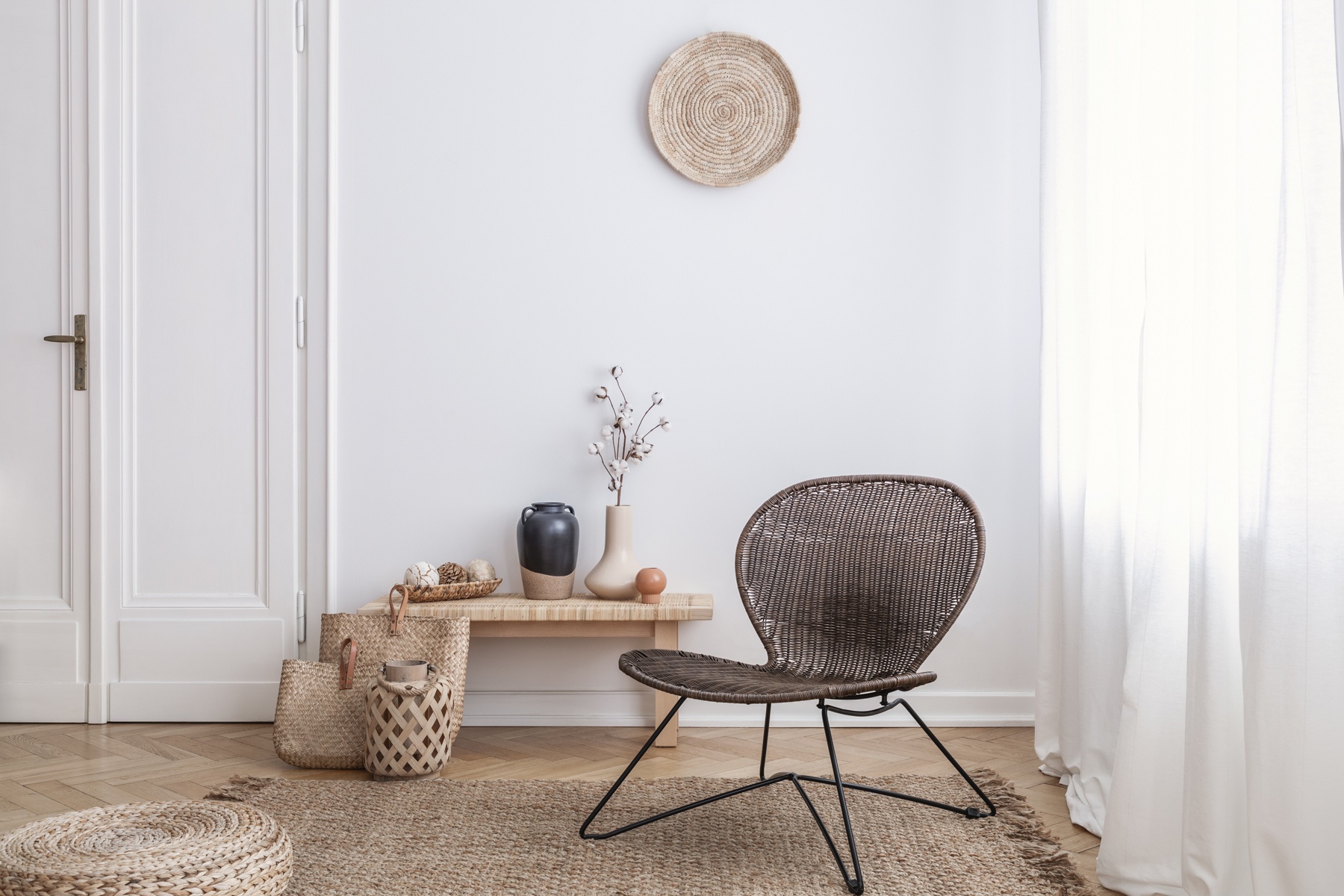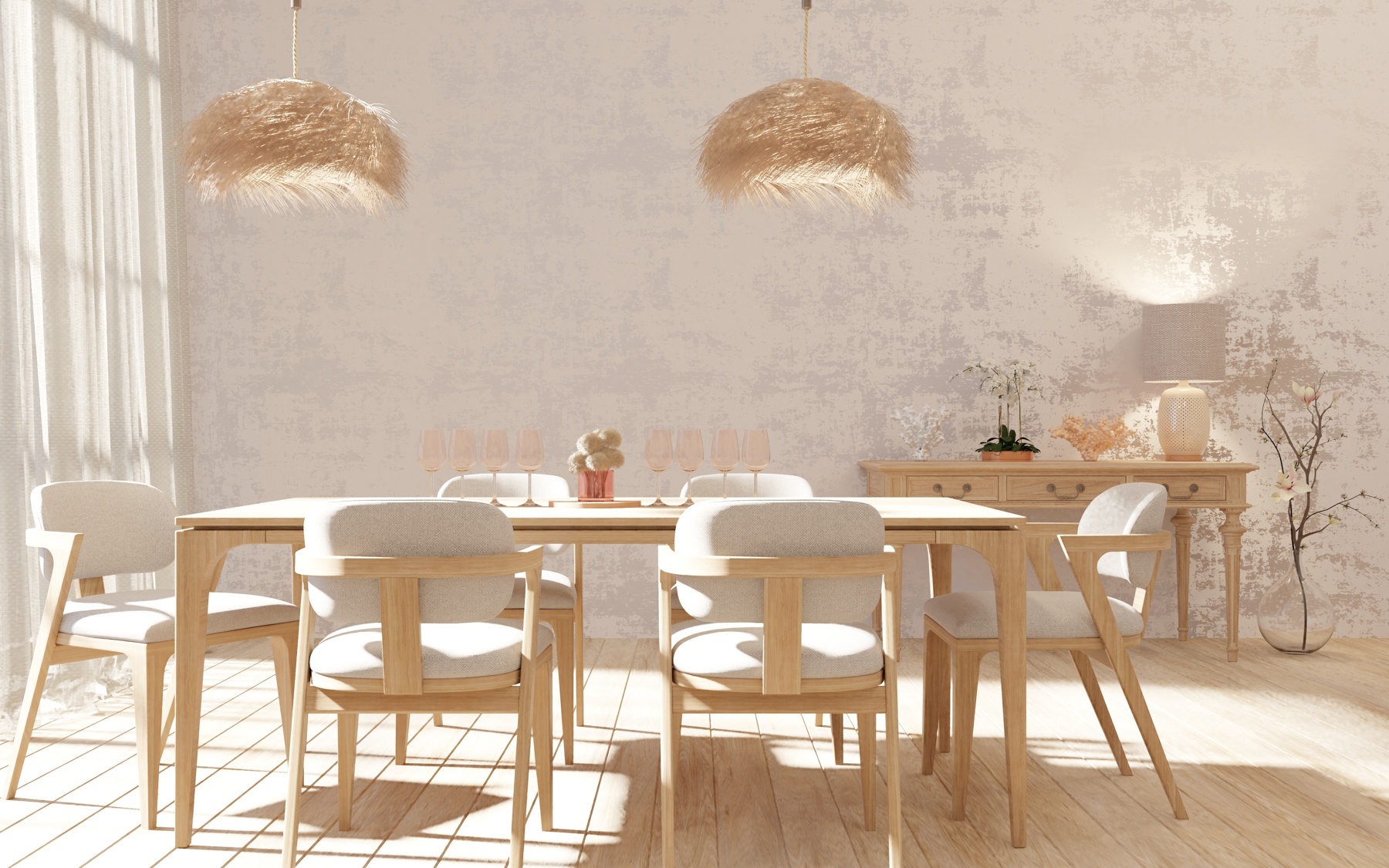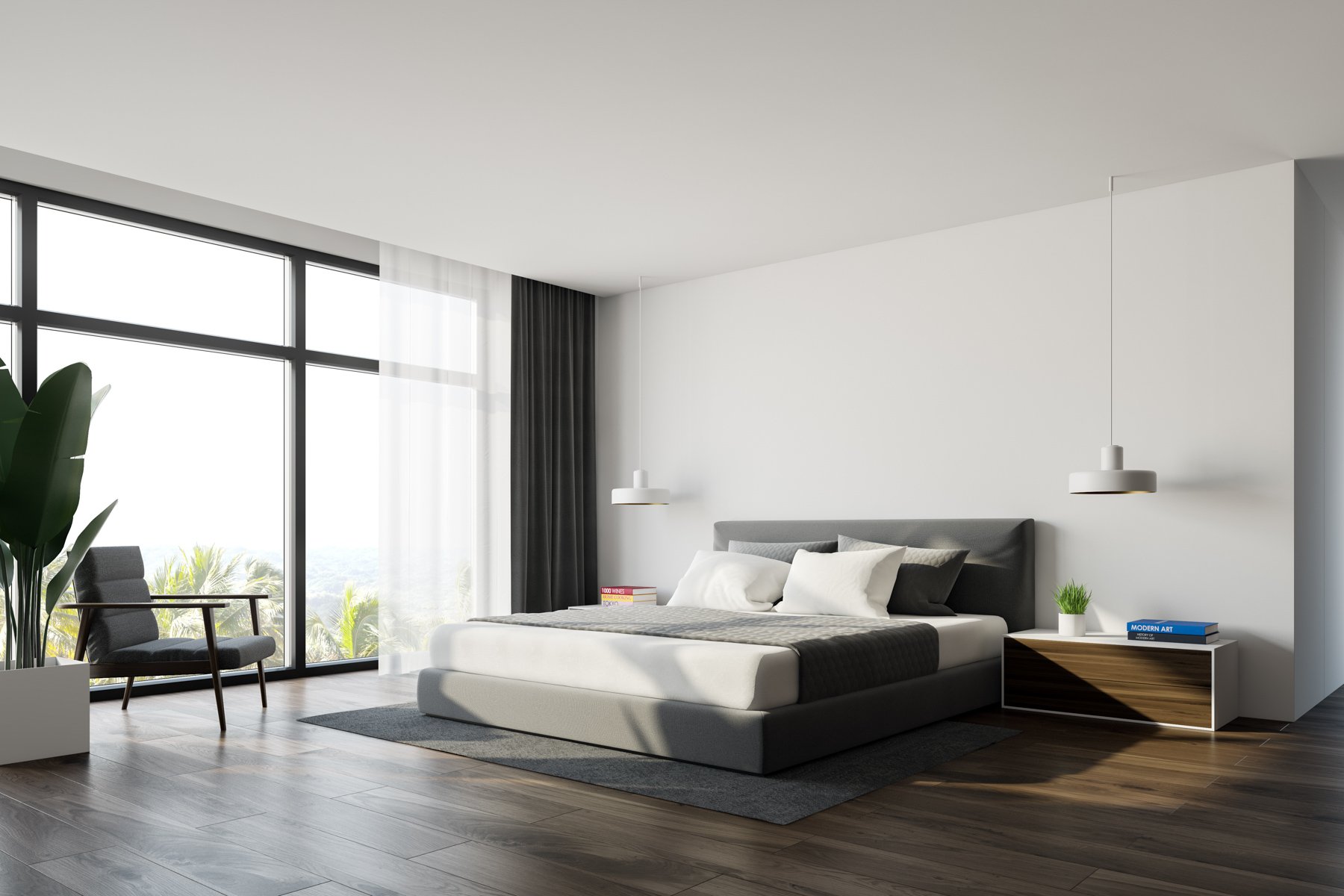Window coverings are a big deal. They don’t just cover your windows; they are also a very important part of your interior design. The colour of your window dressing is just as important as the type.
The key when choosing the colour of window dressing, though is figuring out whether you want to match or contrast against what’s already in the room.
Remember though, when matching to something, it may be impossible to match the colours perfectly, so it’s probably a matter of choosing a complementary colour to tie the whole room together.
Match the walls
One option is matching the colour of the walls. A benefit of doing this is that it can create a sleek, clean design where everything blends into each other. Remember, the window coverings can still be patterned or textured, but they can incorporate the colour of the walls so everything ties together.
“One colour that will always match, no matter what colour wall you have, is a grey-tone fabric. Using a neutral colour means even if you choose to repaint the room, the window dressings can remain the same,” says Robyn Davies, Decorator at Mansours.
Match the floor
The floor may be just the floor, but your choices in that regard often set the tone for the interior design of your house.
Lighter timber may create a more Hamptons-style decor compared to terracotta tiles which evokes Tuscany-style vibes. And just like the floor can set the tone, ensuring your window coverings match or complement your floor can make a huge difference to the feeling one gets when they step into your home.
So what does that mean? Do a bit of research into what style of window covering suits the different decor styles.
“When one thinks of Hamptons living, it’s very bright and airy,” says Robyn.
“Often, if you look at the Hamptons coastline, you’ll see homes dotted with crisp white shutters. So if you have that light timber flooring style, shutters are probably the best choice for you.”
In the same vein, the colour of your flooring should influence the colour of your window coverings. Dark window coverings may not work with traditional oak timber floors, for example, but they may work perfectly with white tiles as a contrasting colour.
Match the decor
Accent pieces throughout your home can be excellent sources of inspiration. Consider pulling from the decor to choose your window covering colour.
Of course, there are drawbacks to this. It does mean you’re stuck with that window covering colour even if you get rid of the rug, couch or bedhead, for example. But if you’re committing to the decor, go ahead and take a punt and commit to the window covering too.
One way to decorate a room is to choose the main colour and work around that. A general rule of design thumb, though is to avoid two patterned surfaces. This means if you have patterned furniture or bedding, solid curtains and window coverings are your best bet.
Go the complete other way
Of course, ensuring things are streamlined throughout your home doesn’t always mean matching colours. It can also be contrasting colours. You just have to be confident in your choices. Sometimes, it can be hard to match colours perfectly, so it’s actually safer to choose a colour on the other side of the colour wheel.
“There’s a well-known design rule of three colours. Choose one primary colour and two others,” Robyn says. “It not only simplifies the design but it also doesn’t overwhelm the room or those in it.”
Remember, you don’t have to choose block colours. You can contrast things in patterns, which means it may be a bit more subtle.
Mix and match
In all situations, remember that your window coverings don’t need to be the same in every room of the house. Often, communal areas may have different floors or wall colours, so what works in those rooms may not work in the bedrooms, which are often individualised.
The same goes for the style of the window covering, they don’t all need to be the same. But it is a good idea to stick to one common element, whether that’s the same pattern but in different colours or the same style of window covering in different colours.
The other thing to remember? Choosing the interior design of your house is a deeply personal decision. You have to love it, no one else. So as long as you’re happy and comfortable in your environment, your home will ooze happiness and confidence too.







